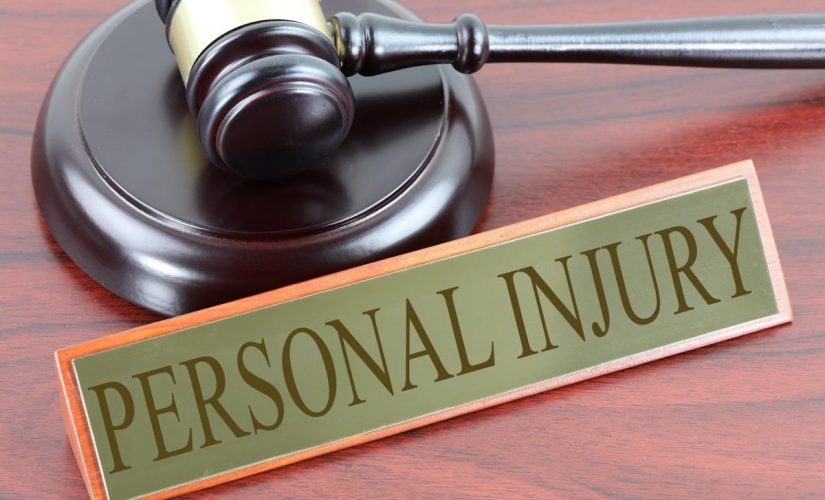Understanding the Implications of an Uber Car Wreck
Uber, the popular ride-hailing service, has revolutionized the transportation industry. However, with the increase in Uber rides, there has also been a rise in accidents involving Uber vehicles. This article delves into the complexities surrounding an Uber car wreck, including liability, insurance coverage, and safety measures.
Who is Liable in an Uber Car Wreck?
One of the most contentious issues surrounding an Uber car wreck is determining liability. Unlike traditional taxi services, Uber drivers are considered independent contractors, not employees. This distinction can complicate matters when it comes to determining who is responsible for damages and injuries in the event of an accident.
Generally, if the Uber driver is at fault, their insurance should cover the damages. However, if the driver’s personal insurance policy doesn’t cover commercial activities, Uber’s insurance policy steps in. This policy provides coverage of up to $1 million for personal injuries and property damage.
Uber’s Safety Measures
Uber has implemented several safety measures to prevent accidents. These include thorough background checks for drivers, vehicle inspections, and a rating system that allows passengers to rate their drivers. Additionally, Uber has a 24/7 incident response team to handle any emergencies.
Case Study: Uber Self-Driving Car Accident
In March 2018, a self-driving Uber car struck and killed a pedestrian in Arizona, marking the first fatal accident involving an autonomous vehicle. The incident raised serious questions about the safety of self-driving technology and Uber’s responsibility in such accidents.
Following the accident, Uber suspended its self-driving car program and settled with the victim’s family. The case highlighted the legal and ethical challenges that come with emerging technologies in the transportation industry.
Statistics on Uber Accidents
According to a study published in the journal Injury Prevention, the introduction of Uber services in a city leads to an increase in vehicular fatalities. The study found that Uber’s entry into a city led to a 2-3% increase in the number of fatalities.
Conclusion
An Uber car wreck presents unique challenges in terms of liability and insurance coverage. While Uber has implemented safety measures to prevent accidents, the rise in Uber-related accidents is a cause for concern. As ride-hailing services continue to grow, it’s crucial for passengers, drivers, and policymakers to understand the implications of an Uber car wreck and work towards creating safer roads for everyone.







